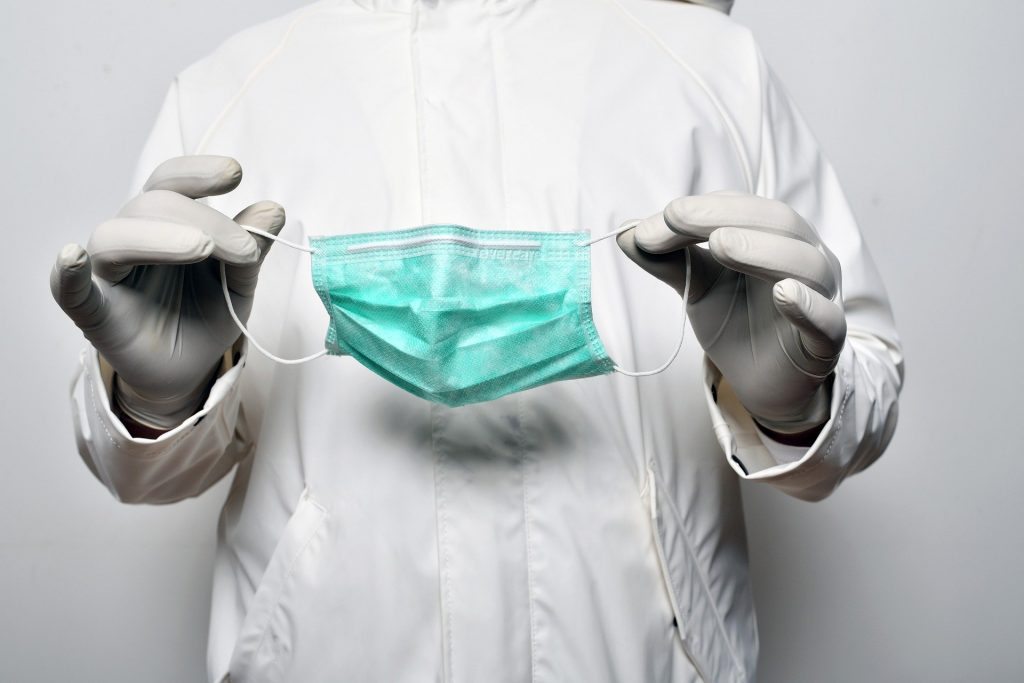We are seeing a number of Australians wearing a variety of masks, ranging from disposable surgical masks available at pharmacies, to N95 masks and even some home-made (DIY) ones.
In line with this, we answer an important question. When and how to appropriately use a mask?
Let’s first consider a few facts about masks and their efficacy:
- Proper protection requires the mask to form a good seal around your nose and mouth. So, if your mask is loose around the sides or there is a gap between your face and the mask, the mask becomes less effective.
- Disposable masks are not meant for prolonged use or re – use. In fact, their ability to provide protection reduces significantly, with use, over a period of time.
- N95 masks, while providing better protection than ordinary masks, may reduce the amount of oxygen inhaled by the person, even while doing light work.
- DIY cloth masks tend to become permeable due accumulation of moisture from the surroundings and breath very quickly, thus losing their efficacy.
- Masks can be easily contaminated by constant touching and wrong handling.
Based on the above facts, it is evident that inappropriate use of masks can lead to a false sense of security and can, in fact, increase risk of becoming infected.
The Australian Government supports the recommendations by the World Health Organization, which state:
- If you are healthy, you only need to wear a mask if you are taking care of a person with COVID-19.
- You should wear a mask if you are coughing or sneezing.
- Masks are effective only when used in combination with frequent hand-cleaning.
- If you wear a mask, then it is crucial to know how to use it and also dispose it properly.
Click here for the WHO recommended way to use and dispose a mask.
Whether you wear a mask or not, measures like Social Distancing and proper Personal Hygiene are still the most effective ways of protecting yourself.

